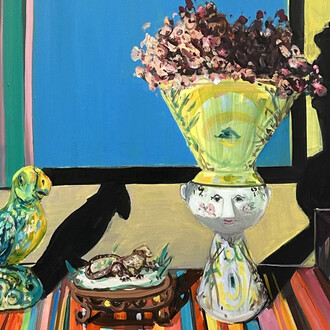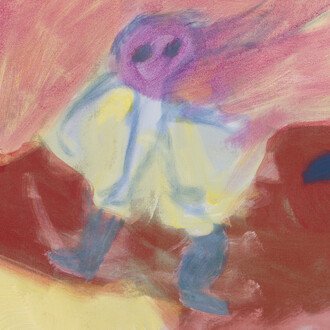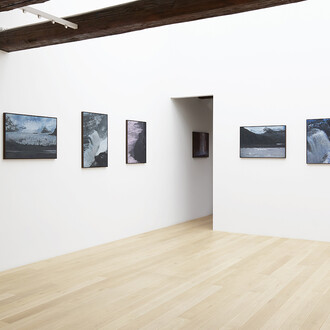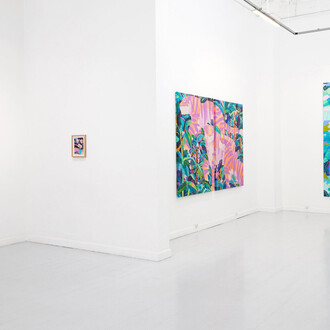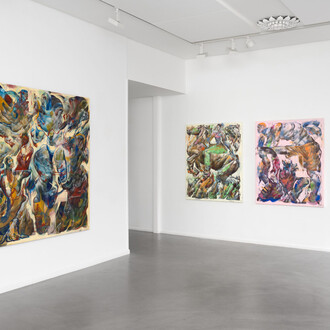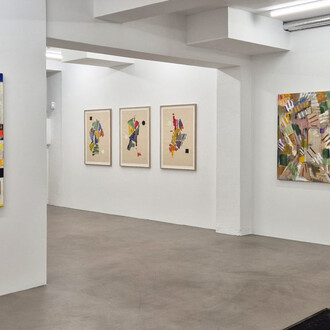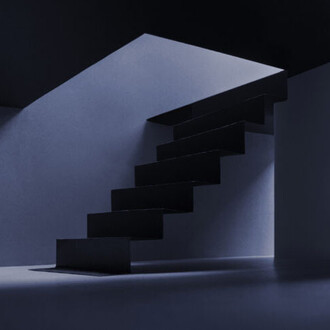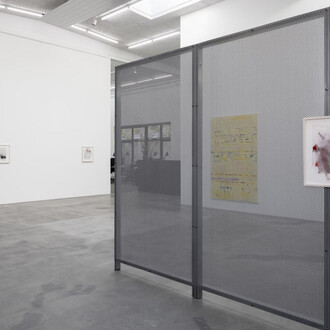The Glyptotek holds one of the world’s finest collections of works by the French artist Paul Gauguin (1848–1903). In recent years, many of the museum’s 58 Gauguin pieces—including paintings, woodcarvings, drawings and ceramics—have been on loan to renowned museums across the globe. Now, they return home to be shown together in a presentation, offering new perspectives on Gauguin’s well-known works.
The Gauguin collection is joined by the Japanese-Sāmoan contemporary artist Yuki Kihara (b. 1975) and her video work First Impressions: Paul Gauguin, recently acquired by the museum. Together, their works open a dialogue across time, cultural divides and vast oceanic distances.
Gauguin’s futile search for the ideal conditions for an artist’s life took him from Paris to Copenhagen, through Normandy, Brittany and Arles, and onwards to the then-French colonies of Martinique, Tahiti and the Marquesas Islands. When reality proved disappointing, he let his imagination run free, creating artistic worlds on his own terms. ‘Who cares about accuracy!!’ he declared.
The Glyptotek delves not only into this artistic journey but also into the physical, political and historical contexts that shaped it, examining how Gauguin depicted the places and cultures he encountered along the way.
The Glyptotek has acquired a contemporary artwork that offers a modern interpretation of one of Western art history’s most iconic—and most controversial—artists. The new acquisition, and the museum’s first video work, First impressions: Paul Gauguin (2018), is by the Japanese-Sāmoan contemporary artist Yuki Kihara.
Presented in the format of a talk show, the video work features a host and panel who are shown reproductions of Gauguin paintings from Tahiti (including two from the museum’s own collection), after which they share their first impressions. As the conversation unfolds, Gauguin fades into the background, giving way to the participants’ own perspectives and speculative stories about the paintings’ models.
Both Kihara and the talk show participants belong to the Fa’afafine and Fa’atama communities, the Sāmoan counterparts to Māhū, a Tahitian term referring to individuals endowed with spiritual gifts from more than one gender. In colonial times, the Māhū were banned by missionaries, but researchers believe that several of Gauguin’s figures may depict Māhū—a theory also discussed among the panel.
The video work was co-commissioned by the Glyptotek and the Fine Arts Museums of San Francisco. It was previously shown as part of the Glyptotek’s special exhibition Paul Gauguin – Why are you angry? (2020), which later toured to Alte Nationalgalerie (2022). That same year, the work was included in the 59th Venice Biennale, where Kihara represented Aotearoa New Zealand. Now, the work returns to the Glyptotek as a newly conceived installation and permanent part of the museum’s collection.









